Crafting Future Legacies
New book explores how Jewish women create and then give their handmade items to family, friends or charities.
A framed needlepointed portrait, picturing an elderly, white bearded rabbi, was hidden away in Jodi Eichler-Levine’s basement. No one in her family wanted it. Yet this associate professor of religion studies at Lehigh University decided to keep it, mostly because she knew it had been sewn with her Grandmother Salle Eichler’s hands. “The Needlepoint Rabbi,” now hanging prominently in the professor’s office, became a touchstone in defining “material culture,” objects that she says are categorized as crafts, that often get handed down to the next generation.
The Judaic objects, who made them and why they were meaningful to the crafter, was the focus of the research conducted for her Eichler-Levine’s new book, “Painted Pomegranates and Needlepoint Rabbis: How Jews Craft Resilience and Create Community,” published by The University of North Carolina Press in Chapel Hill. She noted, “There has been a lot written on the kind of formal Jewish art that hangs in museums, but much less about everyday craft and art practices.”
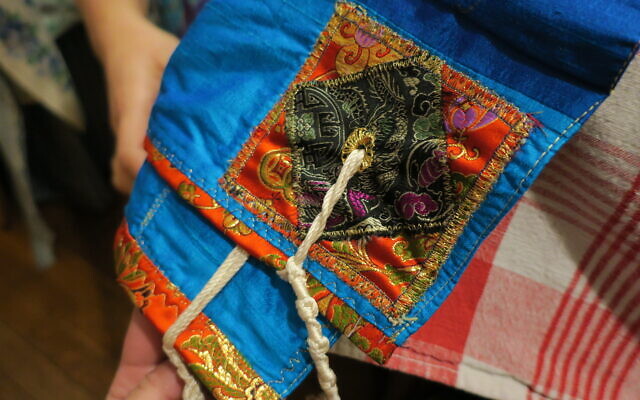
Eichler-Levine told the AJT she had chosen the topic of writing about material culture because she was interested in studying everyday religion. “The book actually grew out of my own hobbies. I became an avid knitter in graduate school. Soon after that, as I was writing my first book— which is about children’s literature – I noticed that quilts and other textiles carried heavy meaning in children’s books. I decided I wanted to study craft itself, not just its representation.”
Eichler-Levine had recently joined The Pomegranate Guild of Judaic Needlework, where she met many women from across the country and Canada at the organization’s biannual convention in Atlanta in 2017. Photos in the book captured PGJN hand-sewn chapter banners, fabric centerpieces, and a sampling of Judaic-themed crafted items made by women for their relatives. The black and white photography throughout the pages may not have done justice to the objects depicted, yet they still gave an idea of the sewer’s original intent.
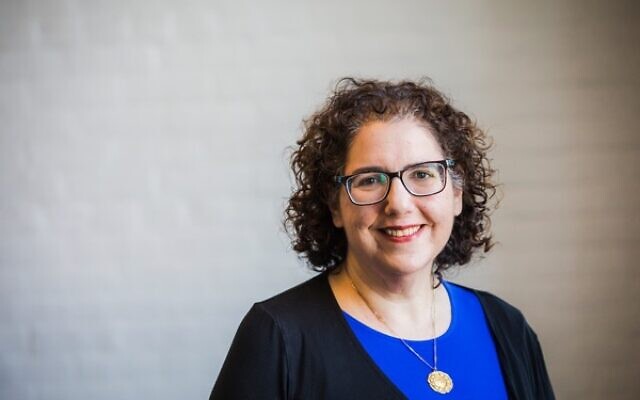
In addition to interviewing selected members during the PGJN convention, Eichler-Levine expanded her research by crossing the United States to visit some of the members again in their homes and studios. An excerpt from the book shows one example of adding more meaning to an object. According to New York crafter Sarah Jacobs, the pinah on a tallit, where the fringes are attached, are “like an electrical socket. It’s the thing that changes it from being a beautiful shawl to a tallit.” With computer folders overflowing with notes and photos, the author began thinking of which personal stories to share.
In addition to oral history interviews, Eichler-Levine also attended knitting circles and what she called “craftivist actions” like the Jewish Hearts for Pittsburgh project, where she joined in with her own knitting. In the book, you will find Jewish American women who are creating ritual challah covers, wimpels [which wraps the Torah], and prayer shawls or personal articles like grandchildren pillowcases, a handkerchief embroidered with the Hebrew words tikkun olam (repair the world). And then there are the Judaic-themed quilts or wall hangings crafted for family, friends or Jewish charities. Although Eichler-Levine focused on older women for her fieldwork, she said, “there are definitely younger women doing craft too.”
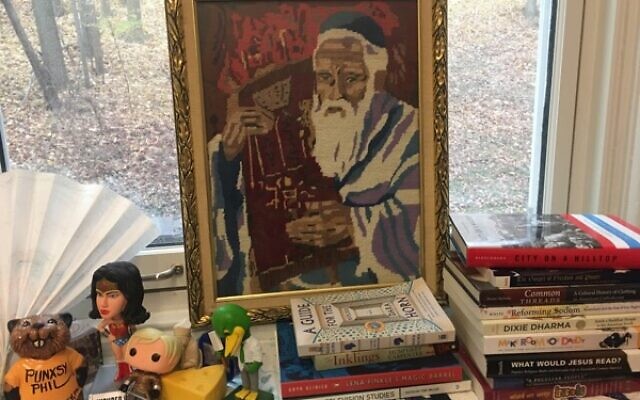
After reading the book, I wondered if there will be a resurgence of Judaic crafting in the younger generation. Who will teach them? Will they want to craft Judaica as did their grandmothers, mothers or mothers-in-law? Eichler- Levine dwells more on where Jewish crafting is still thriving today. The book can be enjoyed by both academics in fields of religion who employ oral histories for much of their research and laypeople as the conversational writing style makes the book highly accessible.
The author intends to write more articles and possibly a sequel book on the same topic. Following the book’s recent publication, Jewish crafters already have been sending emails to Eichler-Levine about their work to be considered for future research.
“Painted Pomegranates and Needlepoint Rabbis” is available on Amazon, other major retailers, or directly from the publisher at uncpress.org.
Disclosure: Flora Rosefsky is a member of The Pomegranate Guild of Judaic Needlework, Peach State Stitchers-Atlanta Chapter.



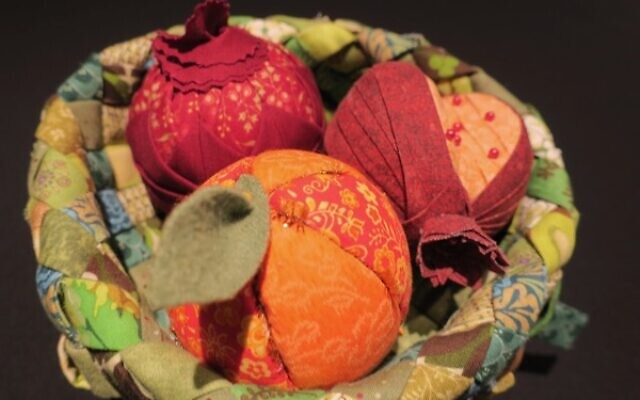
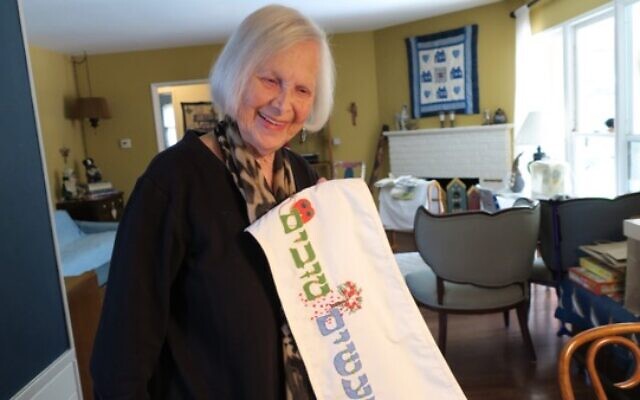
comments